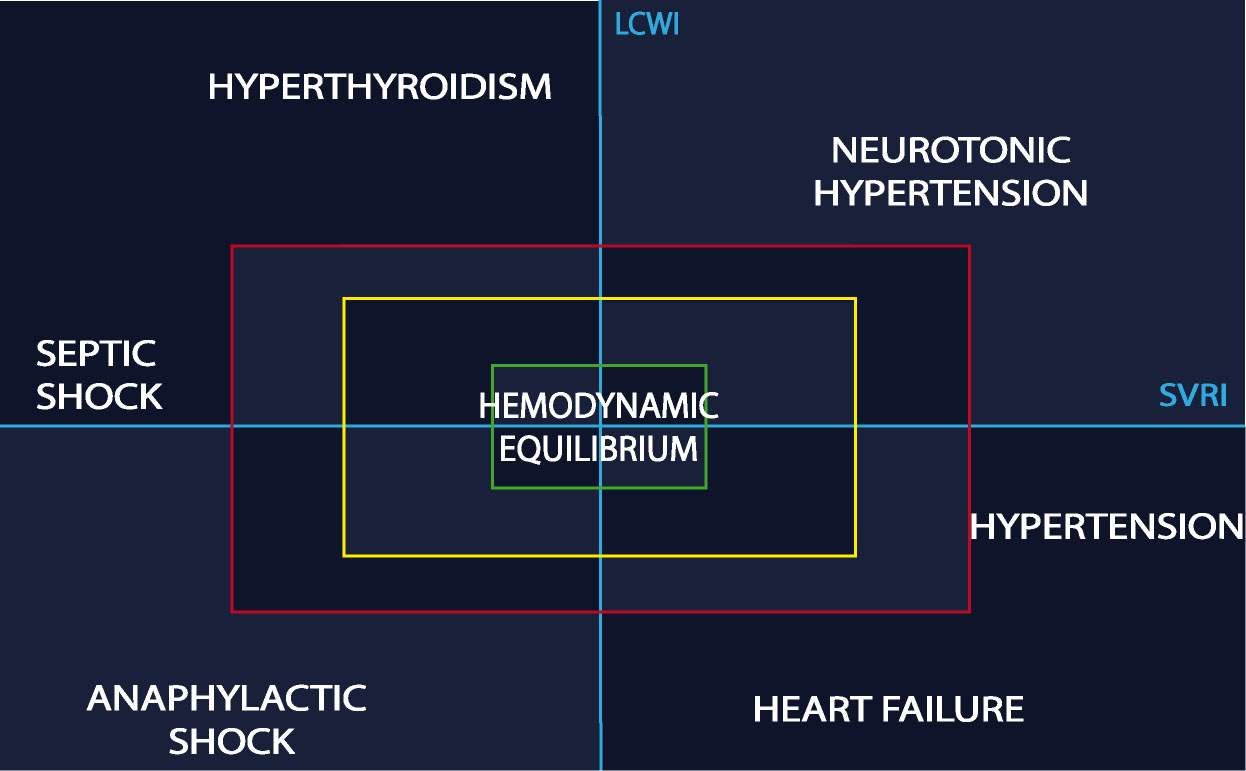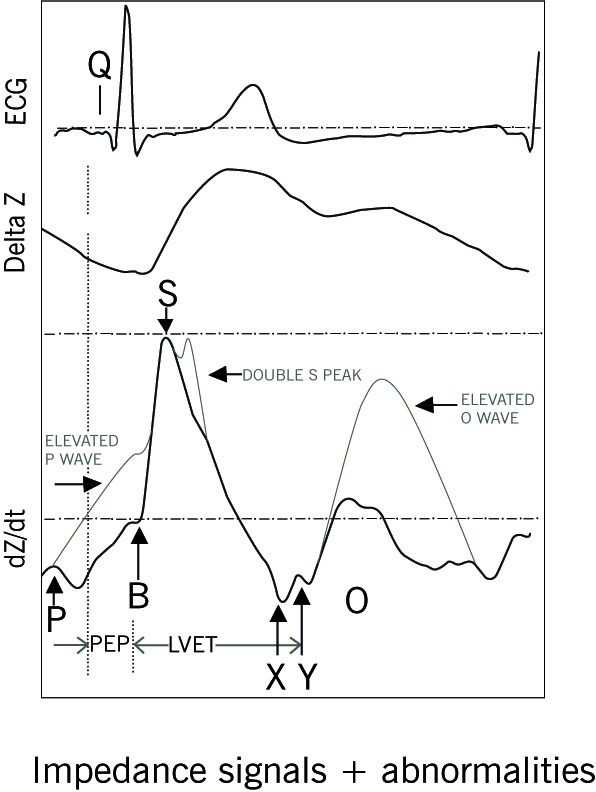New! E-Learning: Link to patient setup tutorial
Installation and signal quality
Applications and Clinical benefits
The new reference in Cardiac Output monitoring
Clinical benefits
NON-INVASIVE
- Fewer constraints:
- Complete safety for the patient
- No risk of infection or injury
- Saves time for patient care
- More flexibility:
- Extensive applications (measurements at rest and during exercise)
- Snapshots or continuous monitoring
- Can be used routinely by nurses and/or technicians
RELIABLE
- Validations:
- Unmatched reproducibility and sensitivity
- Good agreement with reference methods at rest (incl. severely ill patients) and during exercise
- Proven clinical value even in difficult patients and challenging measurement conditions
- High quality standards:
- Excellence in manufacturing and customer service
- ISO 13485 standard
- Market approvals in the USA (FDA), Europe, Japan, among other.
EASY TO USE
- MS-Windows™ based software:
- User friendly, short learning curve
- Works in every application
- Detailed printed report and data export to text and MS-Excel™ files
- Easy to handle hardware:
- Few connections or wireless
- Transportable or handheld
- No maintenance
COST EFFECTIVE
- Economical day-to-day use:
- Disposables: 6 electrodes per patient only
- Low cost compared to invasive or other noninvasive technologies
- Saves valuable time for operators
- An attractive business model:
- No indirect costs (catheter complications)
- May improve patient outcome
- Potential direct or indirect revenue generator
UNIQUE FEATURES
- Potentially more efficient than other invasive or noninvasive hemodynamic systems thanks to similar accuracy, but better reproducibility and sensitivity.
- Offers a combination of parameters that enables accurate evaluation of any hemodynamic condition. For instance: fluid status and optimization can be efficiently assessed and guided.
- Features displays that enable a quick and efficient evaluation of the patient's hemodynamic equilibrium: the Hemodynamic Cross.

- The analysis of signal abnormalities is potentially extremely useful for the early diagnosis of severe
pathologies when they are still reversible.

- Double S peak: Left and right ventricle dyssynchrony
- Elevated O wave: Fluid overload as a consequence of Congestive Heart Failure
- Elevated P wave: Ventricular stiffness
The combination of the low cost and ease of use, reduced limitations, zero risk and high performance make PhysioFlow® the technology of choice to finally establish noninvasive hemodynamic diagnosis and monitoring as a standard of care.